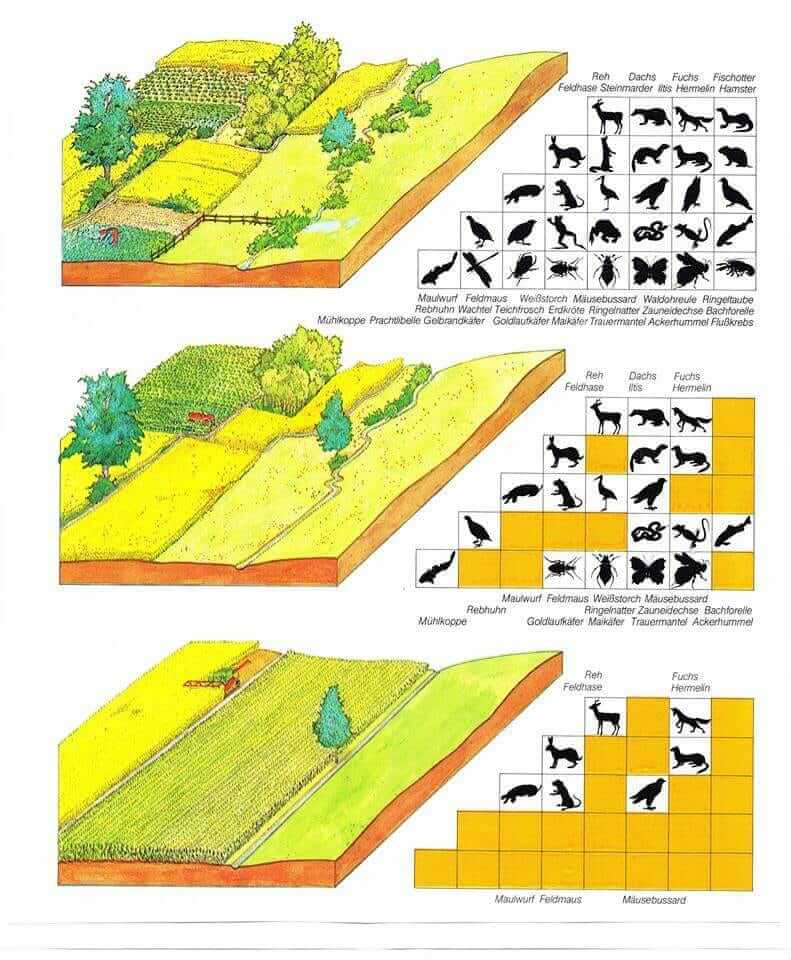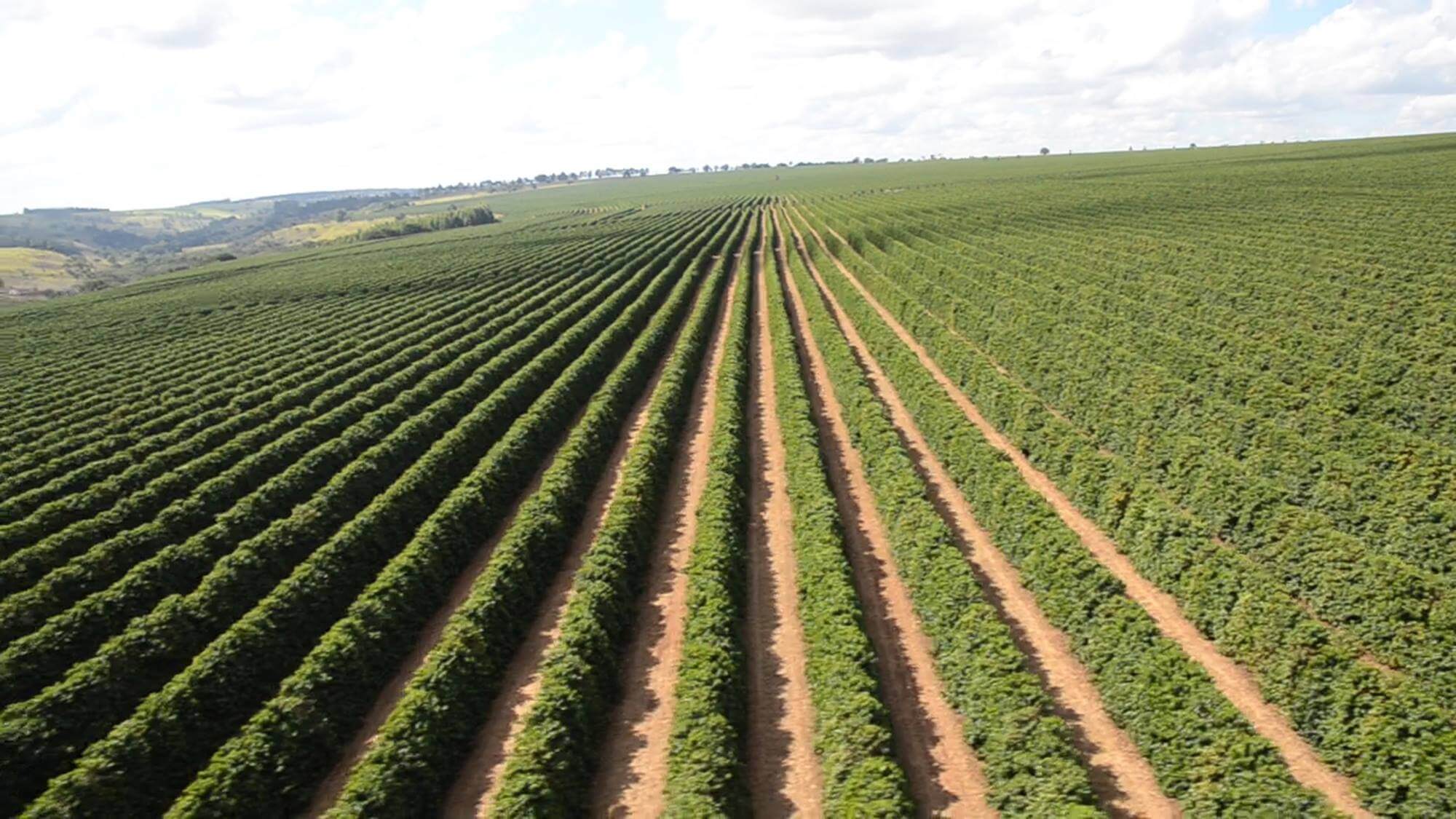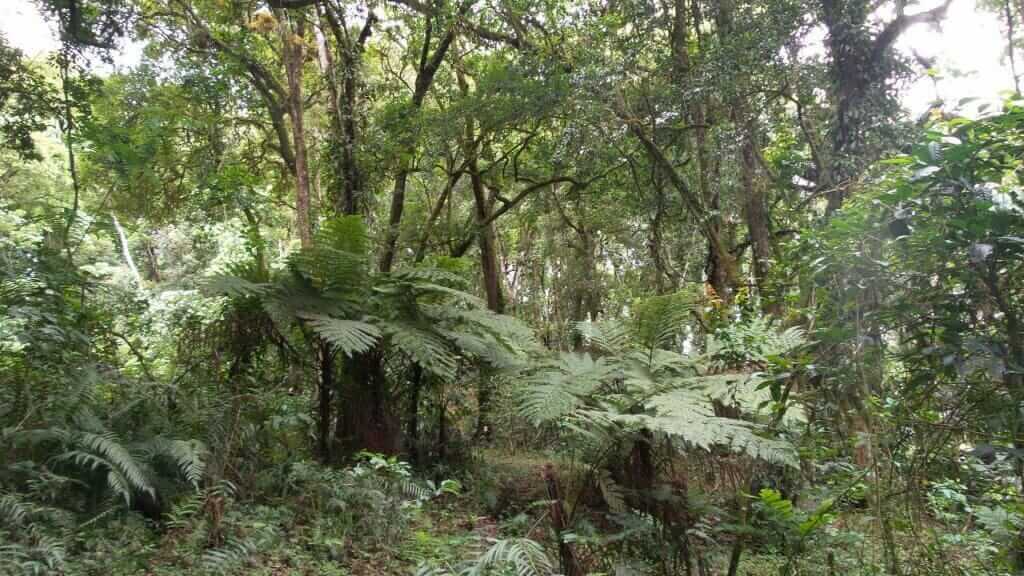Is coffee sustainable?
“Today, coffee isn’t a sustainable crop and probably it never will. Most coffee farmers around the world live below the poverty line, with less than $2 per day and the two largest coffee producers, Brazil and Vietnam, use intensive farming techniques that degrade the environment and threatens biodiversity.”
Sustainability: The idea that goods and services should be produced in ways that do not use resources that cannot be replaced and that do not damage the environment.
Cambridge Dictionary
Unless, you have been living under a rock for the past fifteen years; you must be aware, we are in deep trouble. The globe is warming up, sea levels are rising, polar caps are melting, forests are disappearing, animals and plants that use to be ordinary are endangered or extinct, and we are drowning in plastic, plunging in a sea full of our own trash. One of the most brilliant minds of the 20th century, Stephen Hawking, in 2016 estimated humanity had only 1000 more years left, before needing to leave and colonize a new world. However, just before he died, he reevaluate and changed his mind, estimating judgement day within one hundred years from now. Indeed, according to his estimations, we have only one more generation left, before total collapse. As I see it, based on our total failure protecting this world, we can infer that:
No human initiative or activity up to now has ever been sustainable, in lesser or major extend, all of them have been performed prioritizing early gains and benefits over long term environmental consequences.
I personally believe using the term “Sustainable” is irresponsible. For me, it has an absolute meaning, which, you are or you aren’t, “partial sustainability” is a fabrication. It also diverts the attention from the severity of the situation. A more accurate term would be, “Responsible”. Although we cannot avoid the overall environmental damage, at least, we have the opportunity to focus on our own environmental footprint while we exist and inhabitant this world.
Unfortunately, agriculture is not the exception but to a great extent, the problem. The way we have been producing our food for the last century has had a significant adverse effect on the environment.
During and short after Second World War, there was a huge breakthrough in agriculture, greater than any other agricultural achievement ever before. It was called the Green Revolution. New, high-yielding, high pest resistant varieties of cereals, especially dwarf wheats, soy, corn and rice were developed and introduced into farmlands. In combination with mechanization, chemical fertilizers, agro-chemicals, irrigation and new methods of cultivation.
SEE ALSO: Why is the coffee market price so low?
The Green Revolution was led by a man named Norman Borlaug; an unfamiliar hero from our history. The agricultural packages he and his team developed were so successful that allow the human world population to double in size in less than 50 years. To put it in perspective, Hitler was responsible for the extermination of 6 million people in Europe, Stalin 25 million in Russia and Mao 70 million in China. Norman Borlaug is directly responsible for the existence of 3000 million (3 billion) extra people in the world today; Sometimes nice guys don’t finish last.
All of the sudden, major crops like rice, soy, wheat and other grains became ubiquitous and inexpensive. Besides allowing a dignifying meal to people who didn’t have access to quality food before, it also push the development of the beef and poultry industry, thanks to cheap sources of protein and calories; Diversifying human diet even more.
The incipient food industry generated thousands of new jobs, the construction of highways, railroads and airports. It changed the way people use to live and where. It changed people’s life and approach to agriculture forever.
Unfortunately, every human success embodies nature’s defeat.
Brazil and Mexico, played leading roles during the Green Revolution, and due to its success, techniques and packages extended to other crops. Although, coffee has no nutritional value, it had a pivotal role in the development of Brazil’s agriculture industry, consequently, it got the agriculture technique’s overhaul as well.
If all you have is a hammer, everything looks like a nail
Abraham H. Maslow
After the Green Revolution, the land used for agriculture grew at expenses of the forest, the forest area shrunk in size, as well as all the biodiversity within it. Today, most of farmlands are exhausted, and fertile ones, enough to produce crops without the need of commercial fertilizers are rather, too steep or inaccessible.
The use of pesticides haven’t just killed pests, it has also killed pollinators and altered the delicate balance of an intricate web of organisms associated with each crop; out of the sudden, pests didn’t have to fight natural predators anymore, turning stronger and more resilient. Excessive use of fertilizers have accumulated into rivers and water bodies, encouraging algae to bloom and consuming all oxygen within them, consequently, life within rivers and lakes have disappeared and water has turned toxic, for human and animal consumption as well.

Intensive farming haven’t just threatened the environment, it has also attacked local crop varieties. Intensive monocultures depend on uniformity to remain efficient, therefore, all plants must be identical; any plant that’s too tall, too short, it is not as resistant or synchronized as the rest, must be replaced. Anytime a new plant is replaced, genetic variations from the gene pool are lost forever.
Genetic variation are essential for crops to survive, although, there are billions of coffee plants growing around the world, their genetic material only embodies 0.3% of the gene pool available for Arabica.

This is a big deal and also an evolutionary bottleneck for the crop’s future. Every characteristic, strength and weakness had been cloned and distributed equally among coffee plants around the world. While from the distance coffee crops look like thousands of individual coffee plants; strictly genetically and evolutionary speaking they only count as only one; and as only one they will succumb, once confronted with the right pathogen.
Coffee, Leaf rust (Hemileia vastatrix) has now evolved, getting stronger to fungicides. It is no longer limited to susceptible coffee varieties anymore, it is currently affecting resistant Arabica varieties and even Robusta as well. Furthermore, Leaf rust has become extremely difficult to control at intensive monocultures, becoming the major threat for the coffee industry today.
SEE ALSO: Are farmers ready for the 21st century challenge?
Fortunately for nature, not all countries climbed onto the Green Revolution bandwagon. Undeveloped countries with limited resources, particularly those with no proper access to fertilizers and technology, were left behind. Many of them were coffee producing countries, where smallholders coffee farmers concentrate most of the overall coffee production.
Frequently in these countries, coffee is an annual harvest, therefore, smallholder farmers who collect tiny yields out of miniscule pieces of land, have little opportunity to depend on coffee revenue alone for subsistence. These farmers generally rely on other crops, for food security and trade to make it throughout the year. The resulting intercropped environment at their farms is extremely diverse, when compared to coffee estates and farms where intensive monocultures are performed. Likewise, it is not uncommon for smallholder farmers to grow different coffee varieties with different levels of pest-resistance, side by side. The resistance gradient acts as a shield for pests. Concentrating any potential pathogen on susceptible varieties and buffering damaging effects on the more resistant ones. Additionally, as a result of limited earnings from coffee, the use of fertilizers and pesticides are extremely restrained and rare.

Unfortunately, Nature’s apparent victory among smallholder coffee farmers has just been temporary. Mainly because, it hasn’t been a deliberate act of altruisms. It has just come casually as a result of the circumstances, including (not limited to) poverty, lack of education and market, isolation, infrastructure deficiency and limited support and competiveness. But this situation won’t last for long.
Today, humankind is living the most prosperous time in history; in China alone, crowds equal to the population of Mexico are being lifted out of poverty each year. People who used to ride bicycles now ride cars and people who used to live in huts now live in condos. Alongside with prosperity comes even more pressure over the environment and its resources.
In a globalized world where the population grows tirelessly during the most prosperous period in history, it is highly unprovable coffee smallholder farmers will remain isolated, poor and untouched by modernity for too long.
If we ever find a final solution for Leaf Rust or any other present or future threat for coffee crops, it will come from the forest, where 99.7% of the Arabica gene pool still remains. The destruction of the forest; where wild coffee grows, represents the destruction of the whole coffee industry. Surprisingly and ironically, the future of a 10 billion dollars coffee industry is being guarded by the poorest coffee farmers on earth.
If we don’t find a way to translate smallholder farmer success in Nature’s triumph, by avoiding the same mistakes made by other farmers in the past, and accomplishing genuine and long lasting sustainability. It could be Nature’s final defeat, and with it, our own.
